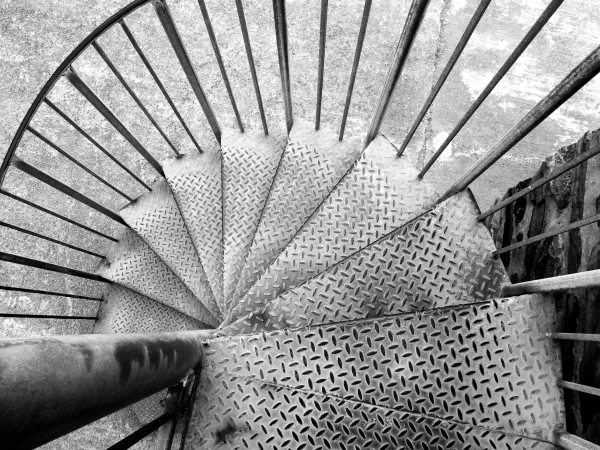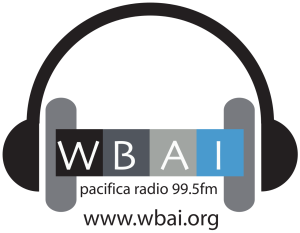This post is by CHMP’s graduate fellow, Amanda Anderson, RN. Amanda is a practicing bedside nurse in Manhattan, and a grad student at the Hunter-Bellevue School of Nursing, where she co-directs The Nurses Writing Project. Her personal site, This Nurse Wonders, hosts her writing, and she tweets @12hourRN.
 There’s really nothing in this world that prepares you for care of a brain dead patient. Certainly nothing in nursing school, anyway. My first experience was early in my career as an ICU nurse, and although I technically knew what brain death was, I had no clue how perplexing and traumatic it would be to sort out as a nurse, or for a family, or in regards to organ donation.
There’s really nothing in this world that prepares you for care of a brain dead patient. Certainly nothing in nursing school, anyway. My first experience was early in my career as an ICU nurse, and although I technically knew what brain death was, I had no clue how perplexing and traumatic it would be to sort out as a nurse, or for a family, or in regards to organ donation.
This week, I watched a story unravel in the Times that, after eight years of ICU nursing, is sadly familiar to me: Local patient declared brain dead after violent act, kept alive in organ donation dispute. Despite the lack of nurse voice, I have no major criticism of the coverage of this sad saga. I realize that analysis was not the purpose of these pieces, and the message behind the facts simple – with brain death, comes conflict. What I wish to explain, though, is how I believe nursing voice might bring clarity and maybe even comfort to this sad story.
No matter the background or the cause, I have never seen a brain death case that did not lead to, at minimum, traumatic confusion. Most of the time, as this story proves, brain death is often linked to sudden, complicated trauma – a crushing stroke, a violent act, a car crash, a drug reaction. More than most emergencies or incipient illnesses, emotions and conflicting desires encircle brain death care. There is mess. As one article’s clinical source aptly infers – when someone’s body is being kept alive by machines, there’s bound to be conflict in the family.
Brain death twists our familiar algorithm of hospital death in a horribly confusing way. One moment, a patient lies in the bed. This patient has a heart that beats, lungs that move oxygen, and a brain that reacts. Nurses and doctors work tirelessly for that patient, assessing their living body and the products of their functioning organs with second-to-second care. Then, tests are done, a protocol is followed, and suddenly, the person you’re desperately working to keep alive is, quite simply, no longer a person.
Typically, declaration of death follows a failed resuscitation attempt, paired with a visual display of absence of life, via the heart monitor. But in brain death, sometimes nothing physically changes. The patient’s skin stays warm, their heart keeps beating, and the ventilator continues the chest’s natural-looking rise and fall. You, the nurse, the family, the doctors, see the same patient in the bed – a person, with life to fight for. Except now, they are legally dead. It’s not surprising for me to read that Terrell Smith, the father of Thaiya Spruill-Smith, said, “my daughter’s still alive,” three days after she was declared brain dead; she likely looked alive.
Imagine me, as a young nurse, trying to explain to a young family, that, yes, their father was now dead, as the doctors had just told them, even though he lay in the bed looking exactly the same as he did an hour before. Heart monitor beeping, ventilator breathing, their increasingly persistent, “Now what? Is he gone?” expelling any sense of control or prediction we all thought we might’ve had for the situation. The brain, I think, is poorly equipped to handle these tricks of the body, amidst the emotions of death.
So, when the organ people arrive, as they always very quickly do, families – understandably – have a hard time. Sometimes, people decide right away about donation; dad had always told us yes. Other times, they fight and walk away. Often, patients’ illnesses disqualify them. Whatever the decision, the path to it is never an easy one. From religion, to family conflict, to just not wanting grandma to “die” on a certain day, I have seen many patients stay on life support and undergo aggressive treatment long after their time of death was declared. Bodies waiting in conflict.
Eventually, the end always comes, and the machines get shut off. The patient – the mother, father, sister, daughter, grandmother – that was already dead, “dies” a second time. This time, we all see it; the heart stopping very quickly, the body following brain. Loss relived again.
There is no point in correcting errors of speech in this indefinable moment – even Stephanie Clifford, one of the Times reporters on this story, wrote that little Thaiya died Wednesday, when her death certificate will more accurately list November 14th, the Friday before. Her family will probably always remember her day of death that way, anyway – the day when her little heart stopped beating, when they watched her go.
There is no right or wrong in any of these cases, there is only grief. A tiny girl shaken and hurt, while perhaps a perfect match for a million organs, is still gone. Her mother still spent her daughter’s last living day in police custody, receiving mixed messages from doctors. Her father, entangled in a court battle, thought his daughter was still alive, afraid she’d be “cut up.” Her stepfather will likely spend what would have been her youth behind bars.
So, what does this nurse wish to say? Closure is the most difficult thing for families to achieve in brain death, with a loved one’s mind cheating their body of a coordinated exit. Organ donation is much more complicated than a check on the back of your license, and while some people mourn by passing gifts forward, others grieve by keeping things whole and close. No choice is an easy one. Perhaps this sadness doesn’t need to be news.
This post is by CHMP’s graduate fellow,





 There’s really nothing in this world that prepares you for care of a brain dead patient. Certainly nothing in nursing school, anyway. My first experience was early in my career as an ICU nurse, and although I technically knew what
There’s really nothing in this world that prepares you for care of a brain dead patient. Certainly nothing in nursing school, anyway. My first experience was early in my career as an ICU nurse, and although I technically knew what